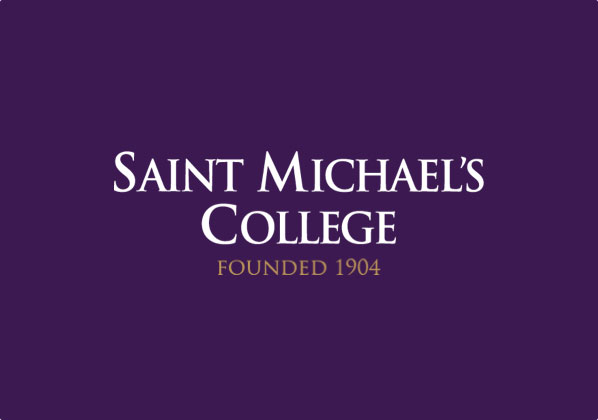Celsey Lumbra

Back to All Business, Finance, and Investment Banking, Mathematics Spotlights
2016
I am a Transfer Pricing (“TP”) Associate. As a TP Associate, I am responsible for assisting my teams with transfer pricing engagements with clients. In general, transfer pricing deals with how related companies (such as a parent and its subsidiary) interact and perform transactions with one another. These transactions could involve tangible property (actual products a company sells), intangible property (such as the know-how and intel behind a manufacturing process or a trademark), or services (such as back-office administrative services, distribution, or manufacturing services). TP projects include contemporaneous transfer pricing documentation to be submitted to U.S. Tax Authorities, advanced pricing agreements to resolve royalty rate disputes between related parties, or the valuation of intangible property (“IP”) in regards to how IP ownership contributes to projected revenues for a company. Projects include several types of deliverables such as generic transfer pricing documentation reports, memorandums, interview notes, slide decks outlining TP requirements in each country a company has operations in, spreadsheets analyzing IP valuations and projected revenues, etc.
I am beginning graduate school part-time at the University of Massachusetts Boston where I will receive a Master’s in Accounting (MSA). This is will make me eligible to sit for the CPA exam in two years.
My Saint Mike’s mathematics education gave me the ability to think critically. Though I am not using the exact content I learned in Real Analysis or Abstract Algebra, for example, I am confident taking these upper-level classes greatly improved my quantitative abilities. This is especially the case when performing an IP valuation, which takes into account the “time value of money” concept – a concept involving the idea that the value of an asset is a function of the costs incurred to develop that asset and the riskiness associated with that asset. Secondly, in the dispute resolution engagement I am working on, we are required to value the bare legal title of a trademark being transferred between two related entities. Though I have minimal finance background, this valuation technique involves the Black Scholes model (a method of pricing options). The Black Scholes model utilizes the normal cumulative probability function – a popular function featured in Professor Yates’ probability and statistics class!